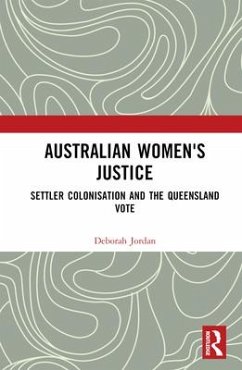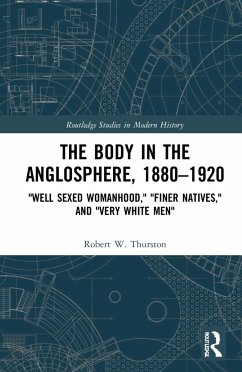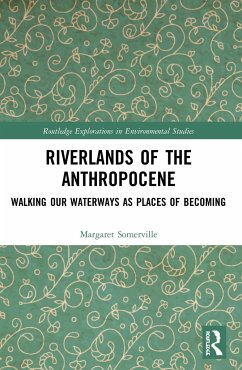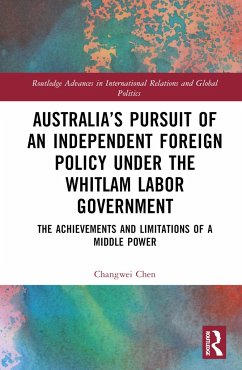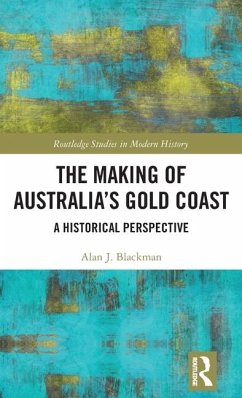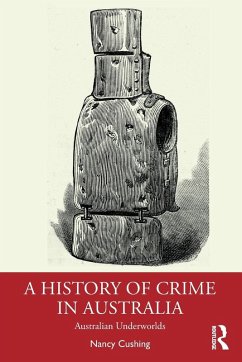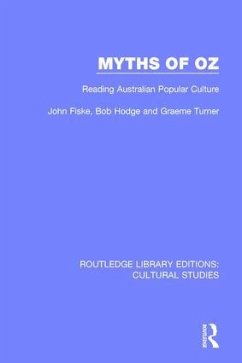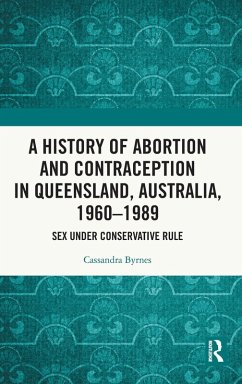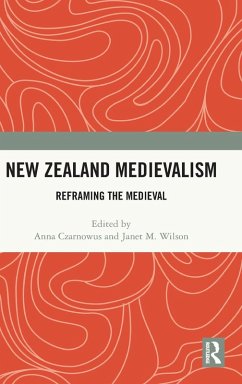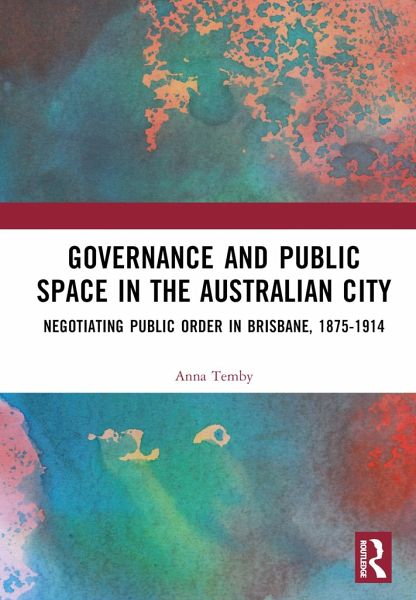
Governance and Public Space in the Australian City
Negotiating Public Order in Brisbane, 1875-1914
Versandkostenfrei!
Versandfertig in 6-10 Tagen
154,99 €
inkl. MwSt.
Weitere Ausgaben:

PAYBACK Punkte
77 °P sammeln!
Governance and Public Space in the Australian City is a rich and evocative examination of the production and use of public spaces in Australian cities in the late-nineteenth and early-twentieth centuries. Using Brisbane as a case study, it demonstrates the way public spaces were constructed, contested, and controlled in attempts to create 'ideal' city spaces. This construction of space is considered not just in the literal and material sense but also as a product of aspirational and imaginative processes of city-building by municipal authorities and citizens.This book is as much about people a...
Governance and Public Space in the Australian City is a rich and evocative examination of the production and use of public spaces in Australian cities in the late-nineteenth and early-twentieth centuries. Using Brisbane as a case study, it demonstrates the way public spaces were constructed, contested, and controlled in attempts to create 'ideal' city spaces. This construction of space is considered not just in the literal and material sense but also as a product of aspirational and imaginative processes of city-building by municipal authorities and citizens.
This book is as much about people as it is about cities - uncovering the manner in which perceived models of ideal urban citizenship were reflected in the production and ordering of city spaces. This book challenges common narratives that situate public spaces as universal or equalising aspects of the urban sphere. Exploring three distinct types of public space - the streets, slums, and parks - the book questions how urban spaces functioned, alongside how they were intended to function. In so doing, Governance and Public Space in the Australian City situates public spaces as products of manipulation and regulation at odds with broader concepts of individual liberty and the 'rights' of people to public space.
It will be illuminating reading for scholars and students of urban history and Australian history.
This book is as much about people as it is about cities - uncovering the manner in which perceived models of ideal urban citizenship were reflected in the production and ordering of city spaces. This book challenges common narratives that situate public spaces as universal or equalising aspects of the urban sphere. Exploring three distinct types of public space - the streets, slums, and parks - the book questions how urban spaces functioned, alongside how they were intended to function. In so doing, Governance and Public Space in the Australian City situates public spaces as products of manipulation and regulation at odds with broader concepts of individual liberty and the 'rights' of people to public space.
It will be illuminating reading for scholars and students of urban history and Australian history.




